Common causes of chimney leaks and what to do about it
Many homeowners don’t realize that their chimney requires regular maintenance in the form of inspections and cleanings. Usually, these homeowners are blissfully unaware of the importance of chimney maintenance until they end up with a chimney leak. Periodic heavy rains often result in the need for chimney repairs in Washington DC homes. Chimney service companies like ours frequently receive these types of service calls. Chimney leaks can be quite damaging and costly if not caught early. It is important for homeowners to be aware of the most common causes of chimney leaks, how to avoid them, and what to do in the event of a leak.
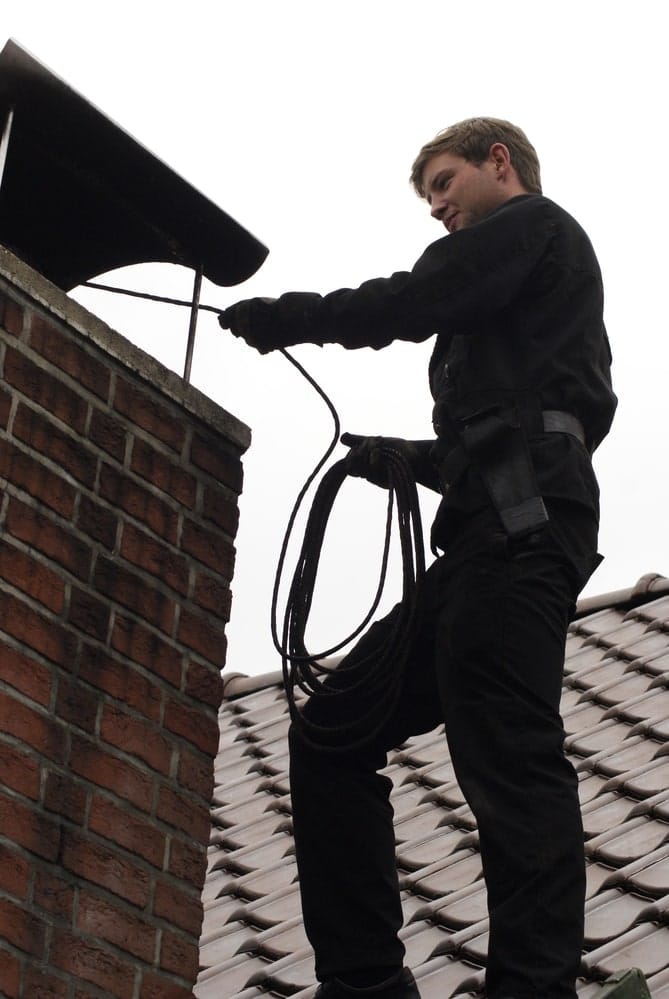
Common Causes of Chimney Leaks
Chimney leak repair is one of our most popular chimney services. A chimney leak occurs when water is allowed to bypass the liner of the chimney and find its way into your home. The resulting water damage can be expensive to repair, especially if it has been going on for a long time and has reached the wood framing of your home’s walls. Take a moment to become familiar with these common causes of chimney leaks. From there, you can take steps to avoid them in your own home.
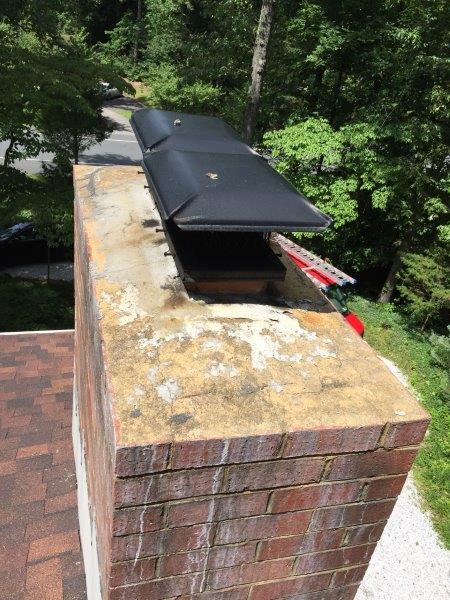
Cracked Chimney Crown
A chimney crown refers to the cement part that runs along the top of a chimney and wraps around the vent. Crowns are very effective at keeping moisture away until they begin to chip and crack, which is inevitable over time. When cracks form in the chimney crown, water can gradually begin to make its way down the chimney flue and directly into your home.
Not all chimneys have crowns (some has covers, as will be explained in the next section). However, if your chimney has a crown, it’s a good idea to inspect it at least once a year for cracks and chips. If you live in an area that sees all four seasons, the best time to inspect is during the spring, as water freezes and thaws in even tiny cracks during the winter months.
Small cracks can occasionally be caulked and patched, though more extensive damage may call for a total replacement of the crown by an experienced chimney repair company. The best chimney repair companies use floating cast crowns or large chimney caps that cover the crown and flue.
Lack of Chimney Cover
For chimneys that don’t have a cement crown, there should be a chimney cover in place. These covers are usually made of metal or aluminum and are placed directly on top of the chimney vent with a tight fit around the vent itself. These covers prevent rain and other precipitation (not to mention pests) from traveling straight down into your chimney but have ventilation built into the sides to allow proper ventilation (especially while you’re using your fireplace).
Unfortunately, chimney covers can go missing or deteriorate over time. This is especially common in older covers that are made of metal, which can rust and corrode. The good news is that replacing a missing cover is relatively simple and inexpensive when done by a reputable chimney repair company.
Bad Roof Flashing
Perhaps the most common cause of chimney leaks in residential buildings is that of bad roof flashing. When roofing is installed on a home with a chimney, a waterproof material known as flashing is installed around the chimney before the roofing shingles are put on top. Unfortunately, poor installation or even deterioration over time can render flashing ineffective. There are several things that can cause chimney flashing to leak.

When this occurs, water can seep into the chimney flue right around the base of the chimney where it meets the roof of the home. This is a repair that can be completed by a roofing or chimney company, as new flashing will need to be installed.
Cracks in Brick and Mortar
Chimneys are usually constructed of brick that is held together by mortar, and these are very durable materials. Still, over time, the cement holding the brick and mortar together can crack and crumble (just as it can on chimney crowns). When this occurs on the chimney structure itself, water can penetrate the chimney and gradually, the structural integrity of the chimney can even be lost. If you can see cracks or “wavy” areas of your home’s chimney, there’s a good chance that this type of leak is already happening. Because brick is a naturally porous material, it’s not a matter of “if” brick will eventually give way to cracking and crumbling, but “when.” Applying a special brick sealant to the chimney is a temporary way to stop water from entering your home, but eventually, a long-term solution will need to be done by a chimney repair service.
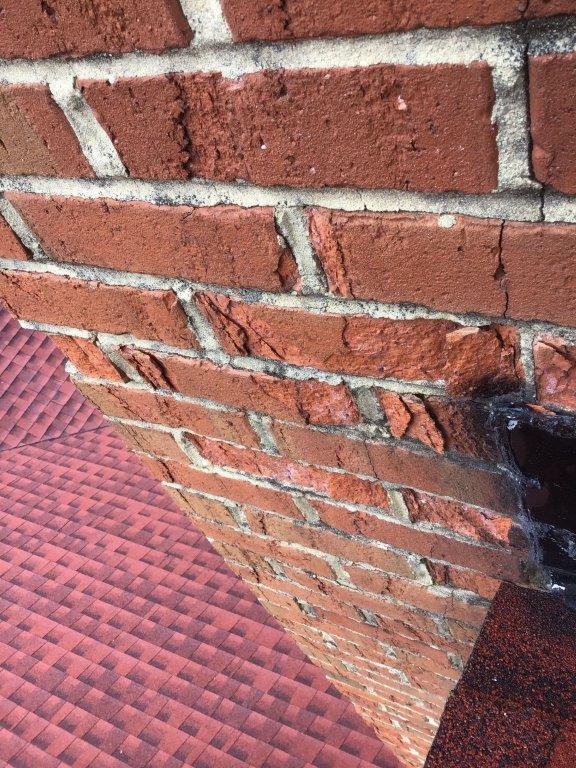
Telltale Signs of Chimney Leaks
The best way to avoid chimney leaks is to have your chimney inspected at least once a year for the most common causes. Still, in between inspections, there are some “red flags” homeowners should watch out for that could indicate the start of a leak in the home.
Signs of a potential leak
Spots of Discoloration
Before the paint starts to peel, you may also notice odd, discolored spots on ceilings or walls near a chimney flue in the home. On a white ceiling or wall, these spots will appear yellow or tan. They will darken over time as water damage becomes more widespread and serious.
Chimney Settlement or Collapse
While getting up on top of your roof and inspecting your chimney yourself may not be advised, you can conduct a quick visual inspection of your chimney from the ground in most cases. If your chimney appears to be tilting to one side, warped, or visibly settling, you’re most likely going to have water leaking into your home.
Wood and Framing Rot
When water damage inside the home progresses, you could even end up with more serious structural issues, including rotting out of the wood that makes up your home’s framing. The most obvious sign of rotted framing will be bulging or warped drywall, but only ripping out the drywall and inspecting the framing underneath will determine the extent of the damage. In some cases, mold or mildew will also become an issue in the home when this occurs.
Peeling Paint or Wallpaper
One of the most common signs of a chimney leak is that of peeling paint or wallpaper inside the home near the chimney flue itself. Homeowners may notice peeling or bubbling paint around a home’s fireplace, which is likely caused by moisture inside the flue. If you have wallpaper on the walls near your fireplace, you may also notice it beginning to bubble or peel, especially at points where two pieces of wallpaper come together.
What to Do if You Have a Chimney Leak
If you notice any signs of a chimney leak, the only course of action is to contact a professional chimney repair company. Chimney leaks are not something you can repair on your own, and of course, climbing onto your roof can be dangerous. When you call a professional chimney repair company that meets professional standards like these, you can have the peace of mind that the problem will be fixed. The water leaks will stop and future water damage will be prevented. A chimney repair specialist will be able to determine the cause of your leak and advise you on how any water damage inside your home should be repaired.
Common Chimney Repairs
- chimney crown repair or replacement
- Repair of Brick and Mortar Cracks
- replacement of chimney liners
- chimney cover repair or replacement
- replacement of flashing around the chimney
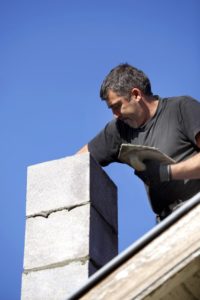
There are so many different problems that can lead to a disastrous water leak in your chimney, but the good news is that they’re all 100% preventative with just a little maintenance and care. Be sure to have your chimney and fireplace inspected by a professional at least once a year, and you’ll be able to avoid many of these issues. Furthermore, if you ever spot signs of a chimney leak, don’t hesitate to call a chimney repair service to get things under control before the leak causes widespread and costly damage to your home.


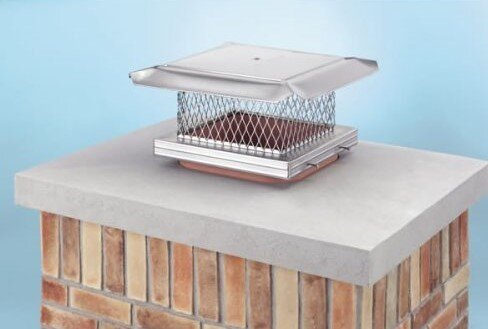
The cracks in my chimney ahs always been a problem since water is starting to leak from it. I never knew that if the chimney has a crown, it would be best to have it checked once a year for cracks and chips. I’ve been so careless regarding its proper maintenance that’s why I’m currently looking for a masonry service that’ll be able to repair this matter.
It was explained here that a sloped chimney or curved, indicates that the fireplace needs repairs. I noticed my neighbor’s chimney was tilted the other day I helped him pull down his Christmas decorations. He has to know this so he can call a repair company and fix it before it becomes a major problem.
I noticed that there are some cracks in the chimney, and I’m not sure what to do about it. It makes sense that getting this kind of thing fixed would be really important! I’ll find a professional to handle fixing it, because I don’t even know where I would start.
Thanks for the reminder that the kind of cement is also important to consider when getting chimney repairs. I’d like to find a good service like that because I’m thinking about getting some roof repairs after the winter. I might also need to focus on my chimney as well since it hasn’t been maintained well these past few years.
The rot ruining our chimney might indeed be something that we need to try and work on. If we don’t solve or clean that, it might end up causing more and more problems, especially since we still want to use that fireplace as often as we want. I’ll go and look for a chimney repair expert in the area, I’ll ask them to help us out with cleaning that.